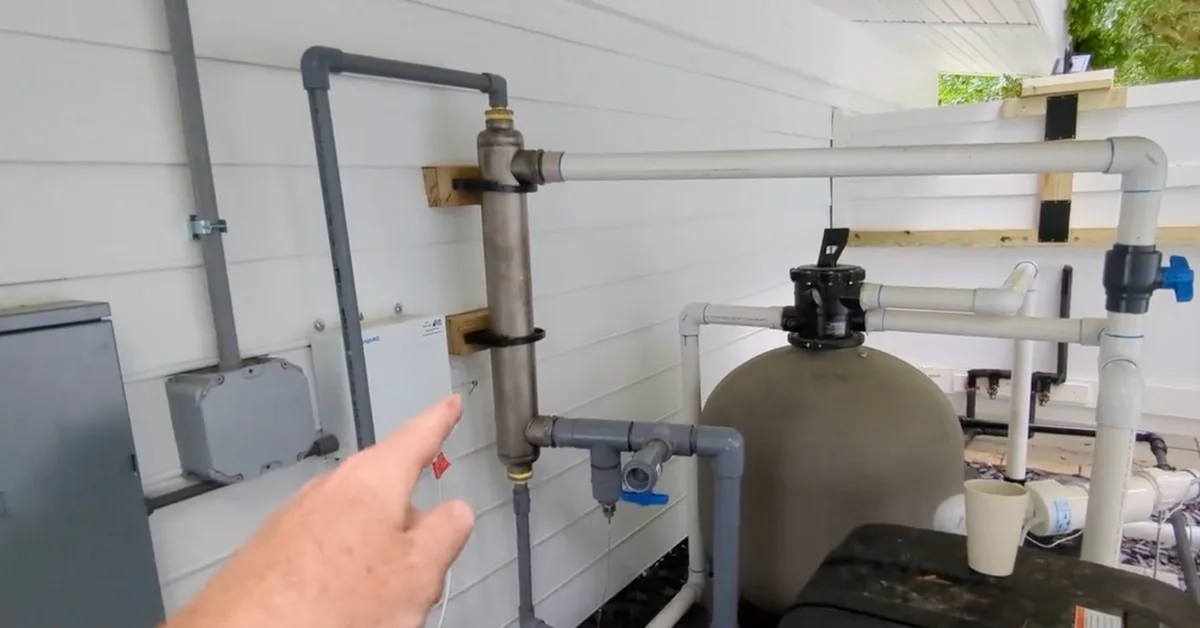Crypto has become institutionalized, with mainstream finance firms and big mining companies building industrial-scale coin-churning facilities. But what about the old-school cypherpunks who want to mine their own coins? Can they still make money in the world of mega-farms?
The bear market has made mining less profitable, but it has also dragged down the cost of mining equipment. According to data from mining company Luxor, ASIC prices are back to where they were in early 2021. At the same time, electricity prices have been rising, making mining economics challenging for small-time enthusiasts.
Garrett Casada, who runs a home building company in Texas, is also a proud owner of Suck It Up Mining – a two-man operation with a garage full of mining equipment. He and his one employee have been mining a broad variety of cryptocurrencies on a ranch in rural Texas. It all started in 2020 with two graphics processing units (GPUs). Now, their farm has 80 ASIC miners and multiple racks of GPUs and CPUs, consuming one megawatt of power and $20,000 a month in power electricity bills. The profits? Not great. Casada is holding on to the coins he’s mined for now.
Gerald Glickman, a bank employee from Virginia, decided to go further than just mine bitcoin: he built a water-heating system for the pool in his backyard to utilize the excess heat from his bitcoin miner. With a strong enough motivation, an abundance of online content and some help from his electric engineer friend, Glickman managed to build his mining-powered water heating system. The entire contraption cost about $6,000, including the Antminer S19j Pro ASIC, and a few days of work.
Will Foxley, former director of content at Compass Mining and a home miner himself, set up a single Whatsminer ASIC in a self-made wood and plaster container outside his parents’ house. After the first month, he unplugged the three machines he purchased after they kept overheating and automatically turning off. This spring, Foxley started anew, with just one ASIC, and now he’s been mining bitcoin for three months. Running the ASIC caused the monthly power bill to grow by $200, with the electricity price around 12-13 cents per kilowatt-hour in Colorado where Foxley lives. The hand-made, sound-proof box cost somewhere between $300 and $500, plus about $300 worth of electrical products. Mining within a mining pool, during the three months the ASIC has been running, Foxley was able to mine about 2% of a bitcoin, worth about $580.
Even if bitcoin’s price keeps rising and makes home mining profitable for a time, it won’t be sustainable as a business, Foxley said: “You have to either have another use case in mind (heating your home) or time the market really really well.” Small miners can work together and maximize the output of their operations, but home mining will always be tiny, he said.
